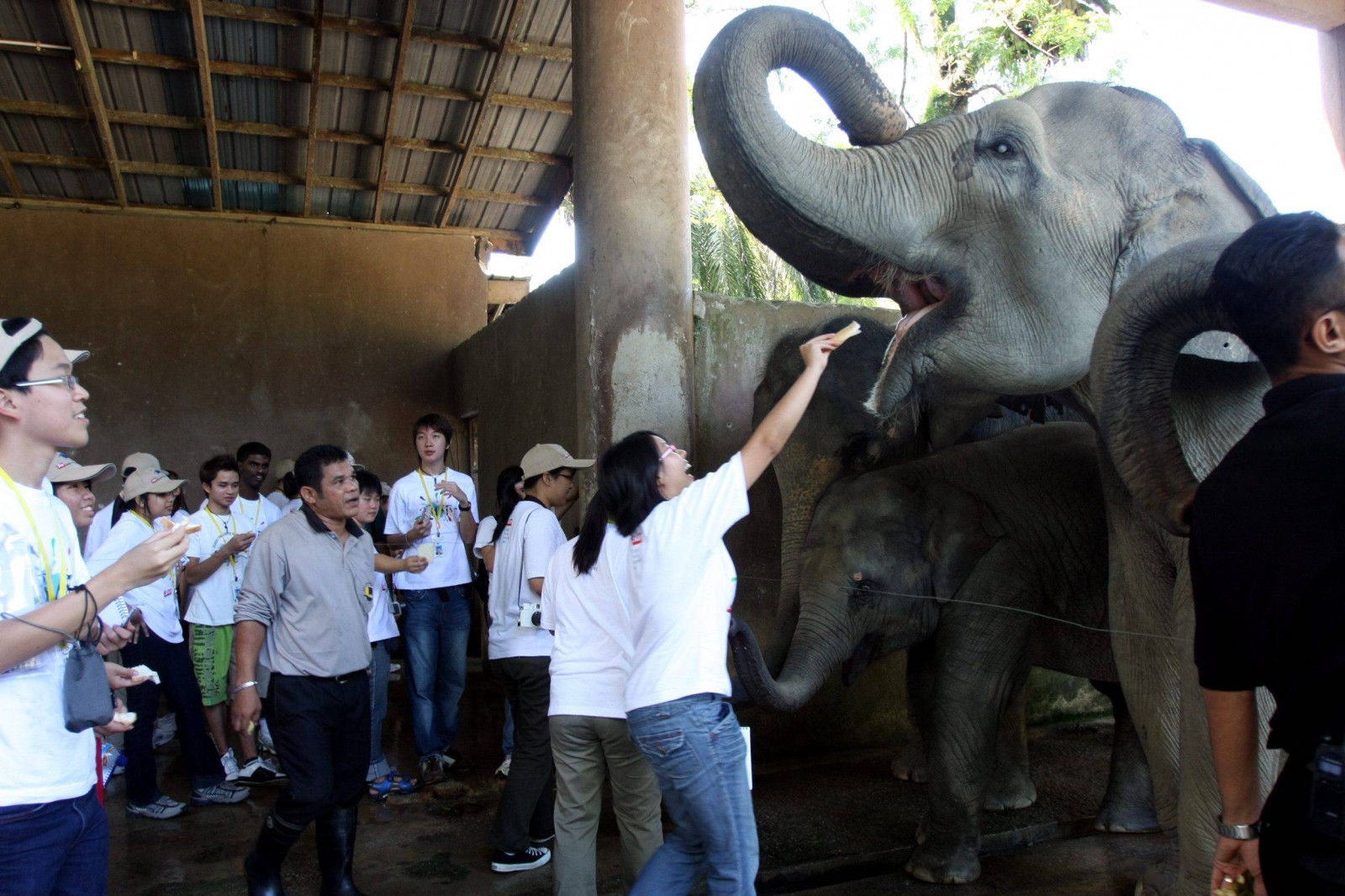TO put into perspective just how important the National Elephant Conservation Centre (NECC) is to the local elephant population, there are currently 1,200 wild elephants in Peninsular Malaysia – and NECC has already rescued and/or relocated over 700 since 1989.
That was when NECC was established, and since then, it has been helping elephants who are either injured or forced dangerously close to civilisation due to deforestation.
Rescuing or relocating elephants isn’t easy though. Each mission costs around RM4,000 and can take quite a while to complete, depending on the location of the elephants.
The first missions were carried out with the help of tame elephants from Thailand and India, as they help calm the wild elephants.
Once safely in NECC, two mahouts are assigned to train each elephant.
The mahouts themselves have to be trained for three months and assigned to a more experienced mahout for a few years.
The mahouts teach the elephants basic commands. For example, “chi” means “come”, and “cherun” means “sit”. The tools of their trade include the guci, a loop made of rope, and the sar, a small and blunt sickle.
“The guci is wrapped around the elephant’s neck as a foothold when riding the elephant.
And when they are not cooperative, we use the sar to prod them lightly so they know that they’re wrong,” explained Jefry.
Mahouts also bring the elephants out for walks from 10.30am to noon every day except Fridays.
Training elephants takes a lot of patience.
“To create this bond as Lasa’s mahout, I put in a lot of effort coaxing him with treats during training and comforting him when he’s upset,” said Jefry.














Tell us what you think!